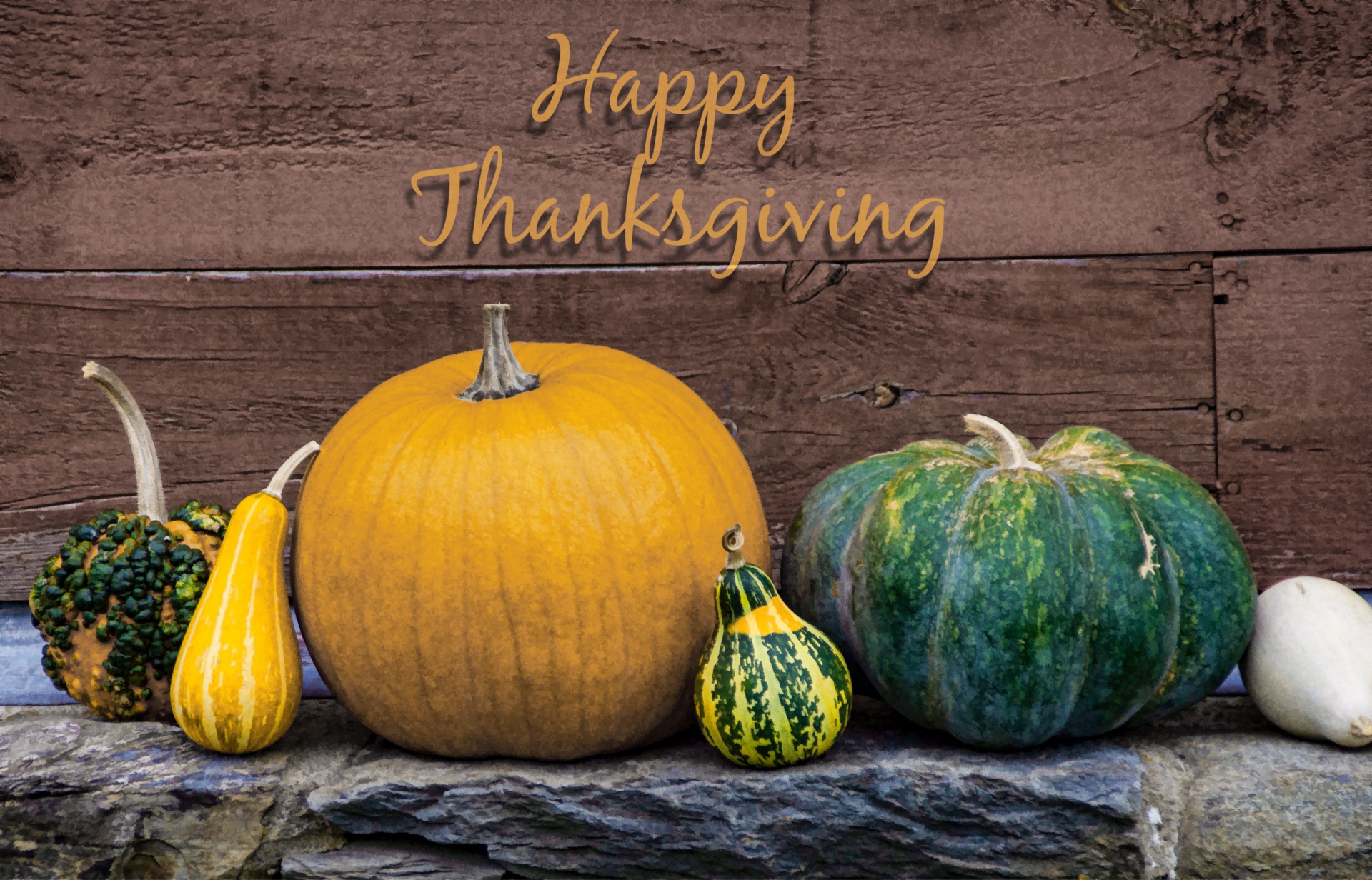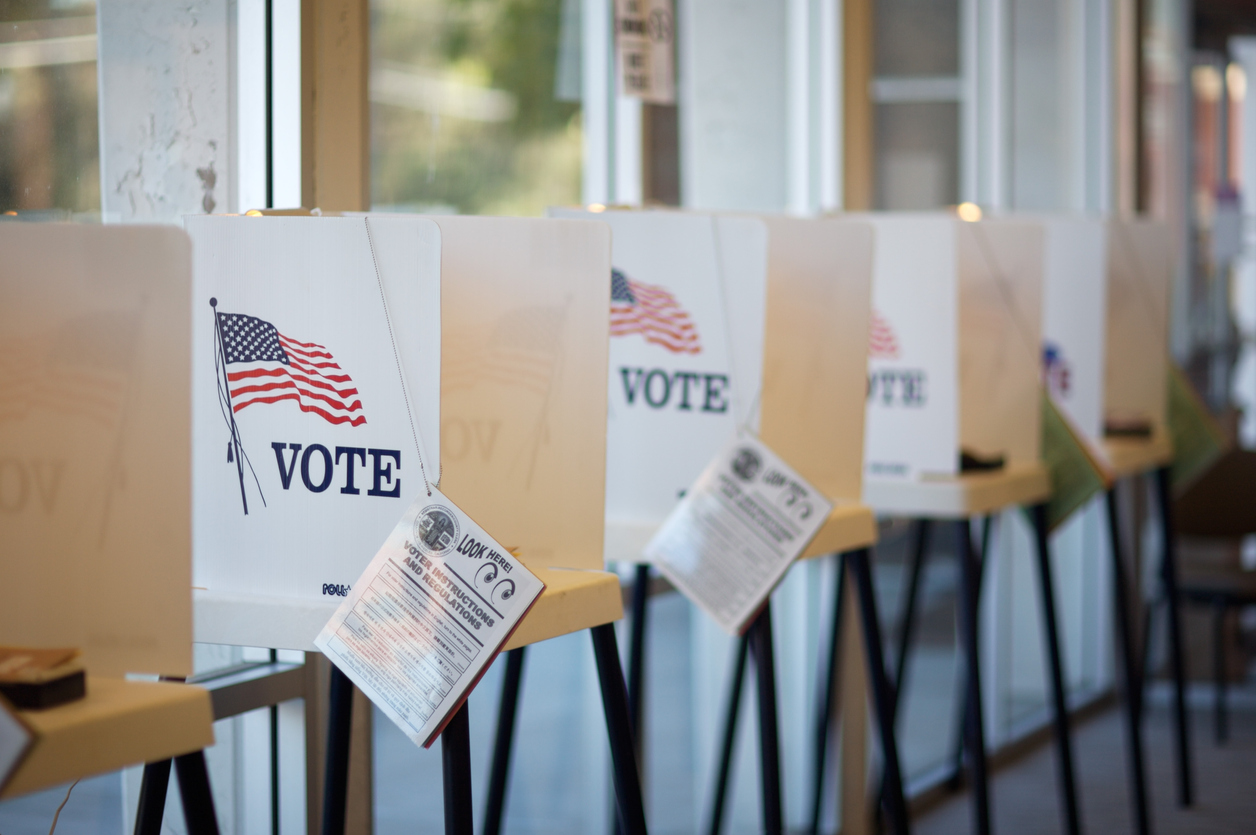
Like most modern holidays in most countries, Thanksgiving in America has evolved a long way from its origins.
The so-called “First Thanksgiving” was indeed a harvest feast shared by natives and pilgrims, but it was really the celebration of a successful business partnership. That partnership enabled both groups, who were in desperate need, to find success through shared skills and resources.
The English who landed at Plymouth Rock in 1620 were not the first Europeans to arrive on North America’s eastern shores. French, Spanish, Portuguese and Italian traders did business up and down the coast for more than 100 years before the English arrived in Cape Cod Bay.
Along with their goods, European traders also brought diseases that decimated indigenous populations that had no immunities these illnesses. About 90 percent of the region’s native people died between 1616 and 1619 alone. The Wampanoag tribe, which populated the area that is now Massachusetts, was one such group. Their numbers were reduced from 20,000 to 1,000.
The pilgrims were in equally bad shape. Nearly half of them died during their first winter. Without food or proper shelter, the pilgrims resorted to ransacking the graves and disused storehouses of the tribes that had been wiped out by disease. In the spring 1621 the pilgrims forged a partnership with the Wampanoag tribe. The two groups exchanged goods and expertise, allowing both groups to sure up their weakened conditions. The tribe parlayed this into a position as “middlemen,” facilitating trade between the Europeans and the region’s other tribes. In the fall of 1621, the pilgrims and 90 Wampanoag men gathered for a harvest celebration.

So while families celebrate the incredible abundance that many Americans enjoy, Thanksgiving can rightly mark the success of a business partnership—one not dissimilar from the relationship between election officials and technology providers.
Election events are complicated, an ongoing struggle to stretch limited resources, keep up with a changing environment and identify unknown threats—all happening while the clock is ticking.
Vendors can help with local knowledge of the environment and resources that are well suited to that environment. Technology providers have resources and people that can help election officials succeed with ongoing support.
But the relationship only works when both sides enter the relationship with open hands. Whether it’s technical capabilities, equipment functionality, security structures or support, vendors must be transparent and election officials must execute due diligence in picking a provider. This will set the stage for a successful partnership.
At Smartmatic, we are grateful for our partners and our clients. We cherish our employees and the support their families provide them. And we believe that no matter how harsh the environment becomes, we can all thrive in honest partnerships together.